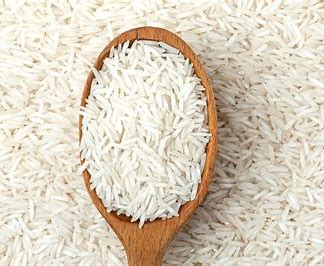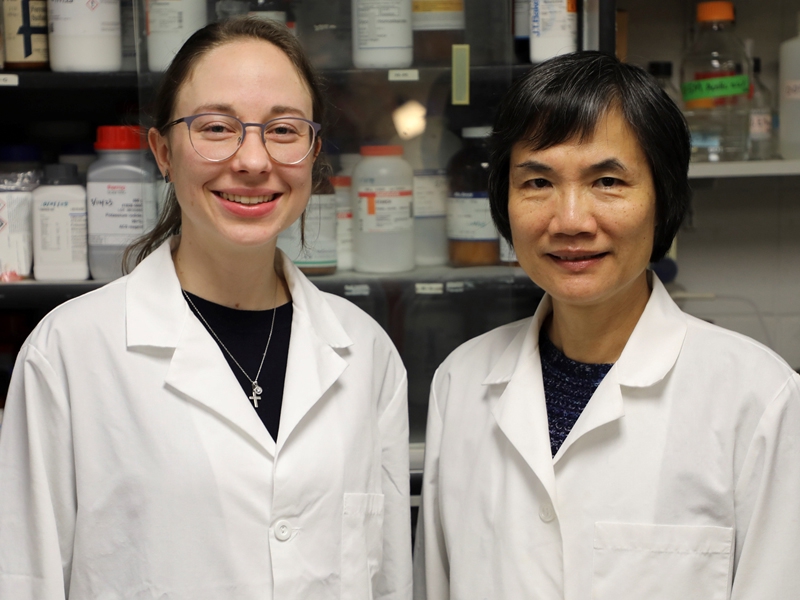Naturally occurring polyphenols and proteins from pigmented waxy rice may help starch ingredients improve texture without any chemical modification — a change some consumers may welcome, said Ya-Jane Wang, professor of carbohydrate chemistry.

Chemically modified starch is a common thickener in soups and other foods. Without modification, starch breaks down during high-temperature and high-shear food processing and no longer functions properly as a thickening agent.
As consumers express concerns over chemically modified ingredients, Wang is looking at alternatives. With the help of a $400,000 U.S. Department of Agriculture National Institute of Food and Agriculture grant awarded in 2023, Wang is exploring how to use polyphenols and proteins naturally present in pigmented waxy rice as a natural starch strengthener.
Polyphenols are micronutrients that naturally occur in plants. She used pigmented waxy rice because of the presence of polyphenols in the rice and the polyphenol-protein interaction that arises. “Waxy” rice is also known as “sticky” or “sweet” rice due to its low level of amylose, one of the ingredients that make up starch. Higher levels of amylose cause the rice to separate and become fluffy, whereas lower levels of amylose produce higher viscosities. Polyphenol-protein interactions naturally present in the pigmented rice aid in retaining a food’s viscosity, or thickness, during the cooking process.

Wang conducts research for the Arkansas Agricultural Experiment Station, the research arm of the U of A System Division of Agriculture. Her collaborators on the research include Annegret Jannasch, a doctoral student in the Dale Bumpers College of Agricultural, Food and Life Sciences, who works under the direction of Wang; Anna McClung, a recently retired research geneticist at the Dale Bumpers National Rice Research Center; Sun-Ok Lee, associate professor of nutrition for the experiment station; post-doctoral researcher Zeina Alraawi; and Suresh Thallapuranam, Cooper Chair of Bioinformatics Research and professor of biochemistry.

Wang, Jannasch and Lee work in the Food Science Department in the Bumpers College. Thallapuranam is joining the team from the Chemistry and Biochemistry Department in the Fulbright College of Arts and Sciences.
McClung provides the researchers with pigmented waxy rice samples.
“We propose that pigmented waxy rice can function like chemically modified starches but without the use of chemicals, so it will be a clean label ingredient,” Wang said.
“Clean label” is not a scientific term, but the food industry, academics and consumers define the phenomenon as choosing foods with easy-to-recognize ingredients and no artificial ingredients or synthetic chemicals, according to the Institute of Food Technologists.
 Gistfox Your News Window To The World.
Gistfox Your News Window To The World.




